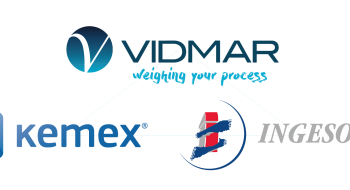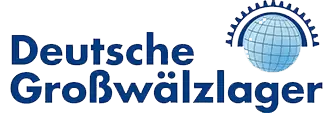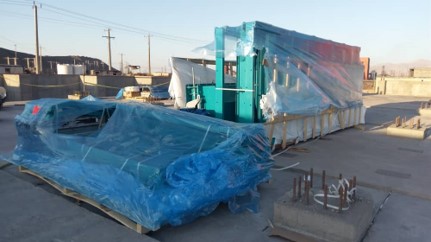
Surface preparation and leveling of base plates for belt feeder installation
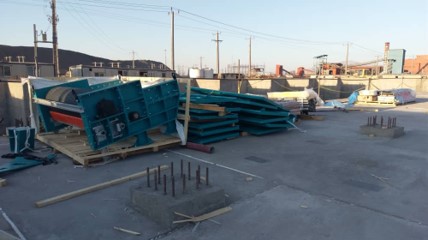
"Performing OPI on the equipment and removing them from containers for belt feeder installation"
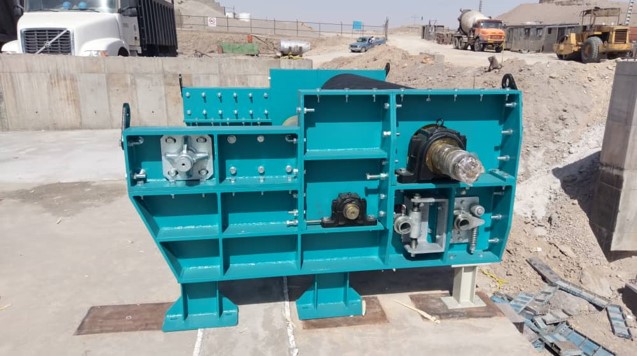
"Installation of the tail station, leveling, and initial shimming"
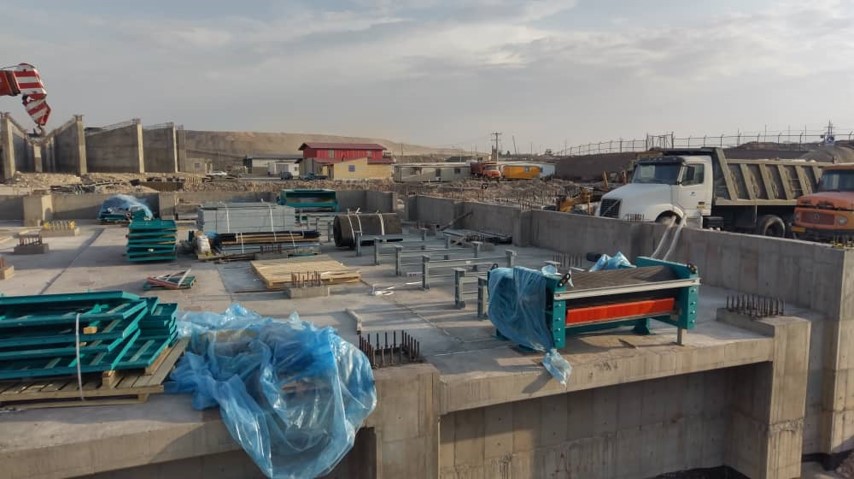
"Installation of the head station, leveling, initial shimming, and installation of the conveyor support frames"
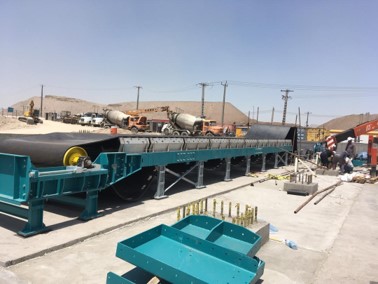
Adjustments of the head station, leveling, installation of the roller base and first feeder rubber, and simultaneous installation of rollers for the release of belt feeder number 1
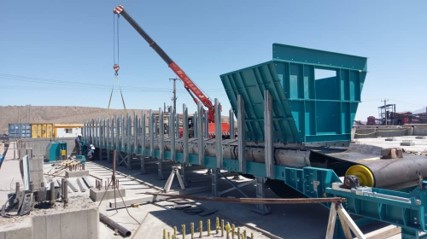
"Installation of the feed chute bases and overhead chute segments; at this stage, all rollers have been installed but the belt has not yet achieved its initial tension."
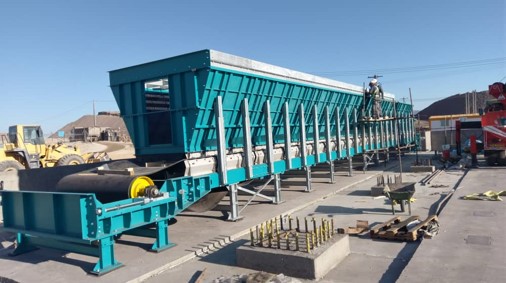
Completion of the installation of the head chute segments and continuation of installing the cake breaker mesh on the chutes.
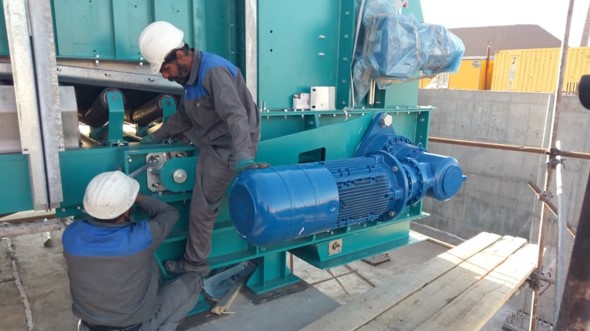
"Installation of mechanical details of the machines, gearbox, cleaners, cake breaker, and..."
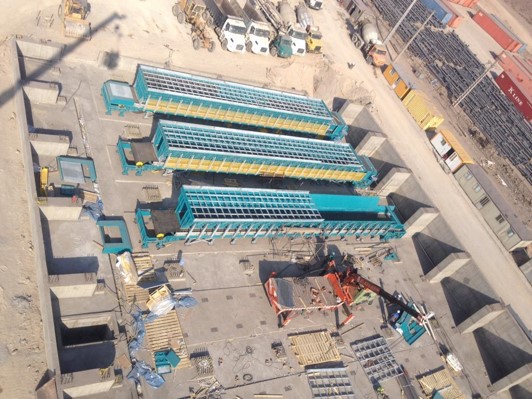
"Simultaneously with completing stages 5 and 6, OPI will be conducted on feeder components number 2, and subsequently, as feeder number 1 reaches stage 7, feeder number 3 will undergo OPI."
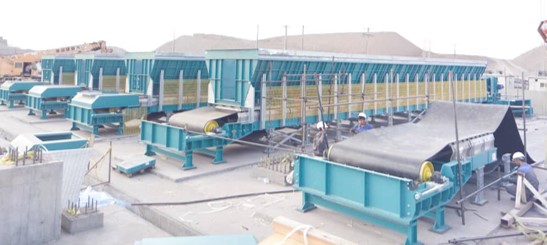
1. Reverse engineering and redesign
During the installation and assembly operations of the CKD feeder components supplied by the Italian company, the company undertook to address deficiencies and issues arising from manufacturing, packaging, and lack of pre-assembly of parts. Simultaneously, a comprehensive mapping of the components was carried out.
2. Engineering validation and problem resolution
Based on the assessments conducted on existing components and considering identified deficiencies, three-dimensional design was carried out using SOLIDWORKS and Inventor software. With the deployment of the technical office team, detailed assessments were conducted, and the final models were developed.
In this design validation process, in addition to addressing existing issues and orienting the design towards local conditions, the design was aligned with the available metal sections and the possibility of manufacturing the parts in Iran was considered.
In this process, efforts have been made to address the weaknesses of the current design and strengthen it through design validation.
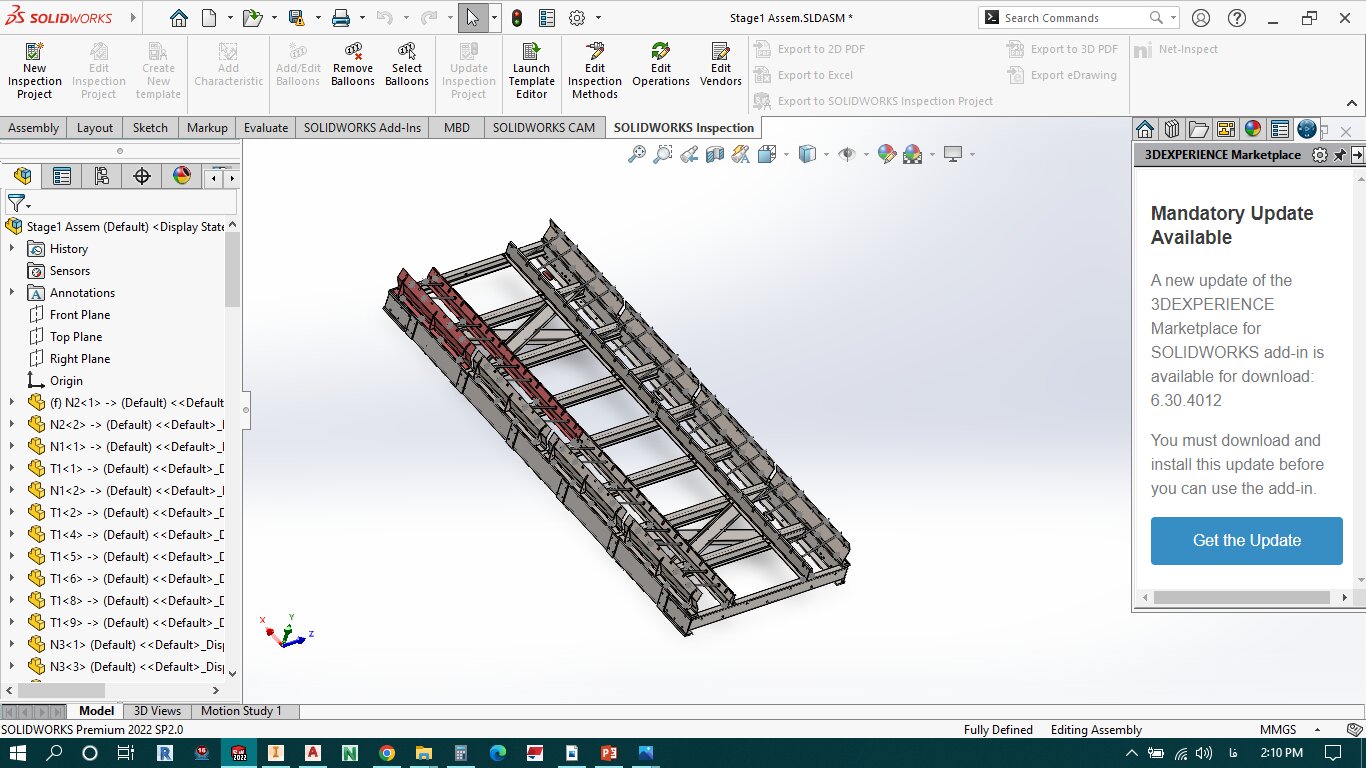
1. In this reverse engineering operation, in addition to addressing existing issues, efforts have been made to localize the components so that in the future, there will be no need to import consumable parts such as rollers, cleaner and scrubber parts, the cake breaker system, etc., from abroad.
2. Changing the production method for components that are exposed to severe corrosion, such as planning to galvanize certain parts like roller bases to reduce costs, or changing the type of liner inside the feed chute from metal to polyethylene, considering the presence of sulfur and the potential for increased corrosion in the feed chute with the rise in moisture inside the cake.
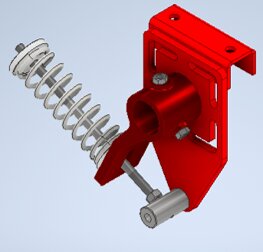
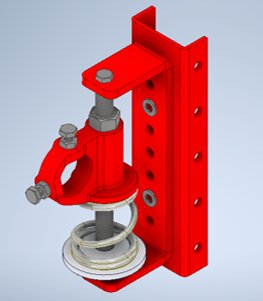
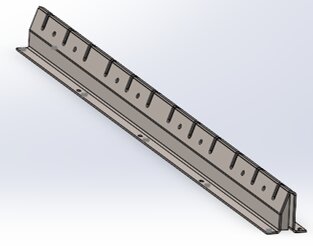
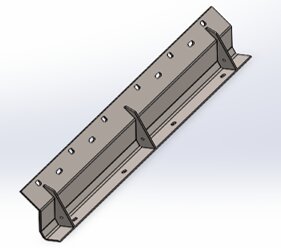
© Copyright 2023 MINTEC All Rights Reserved.
